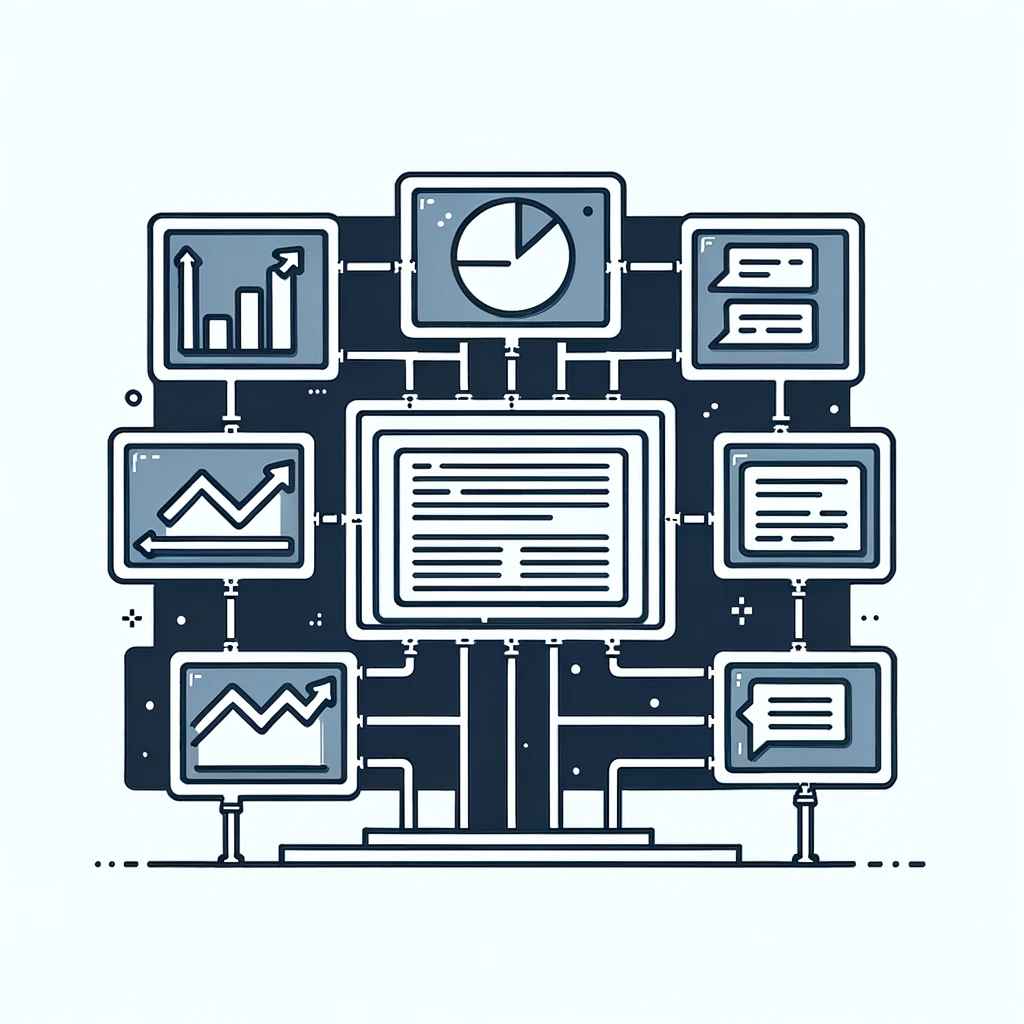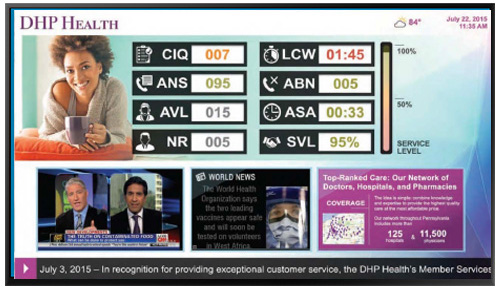Mastering Critical Communications in the COVID Era
With the dramatic rise of remote working spurred by the Covid-19 pandemic and shutting of offices, we may be looking at a future where individual remote workers are widely distributed in places far from traditional offices—but working remote shouldn’t mean working in isolation.
It’s hard to believe it was only eight or nine months ago that we were innocently going to our places of business each workday, gathering together in conference rooms for meetings, socializing over coffee in break rooms, lunching together in restaurants, and getting on airplanes to attend conferences. Even after the initial shutdowns swept the globe, did we believe that they would last longer than a few weeks? That we would be looking at fundamental changes to the ways we interact with each other?
Enter the remote worker. Moving your office to your home has become much more of the norm than anyone would have suspected last February. While some companies in some locations are welcoming employees back to their offices, this lockdown experience has proven that there are tangible benefits to remote working for both employee and employer.
In addition to revealing that remote work is possible and productive, the pandemic lockdowns have forced companies and employees to make major investments in the remote work model that won’t be easy to undo. Firms have allowed leases on commercial office space to go unrenewed and, particularly in the US, workers enabled by teleworking are relocating to more affordable areas. Workers no longer bound to their desks in high cost-of-living places like San Francisco and Los Angeles are moving to less expensive parts of the country like Texas, Idaho, and Nevada.
As EU countries simplify their travel regulations in accordance with new EU guidelines, this is a trend we may see take hold in Europe as well. For example, professionals who have migrated from member states like Greece, Italy, Finland (and so on) to work in business and financial centers like Frankfurt, Paris, and Zurich, may be tempted to reverse their migration in a long-term remote work scenario. When offices do reopen, it’s likely we’ll use them more often as meeting places and less often as places where all workers go to work every day, leaving us with highly distributed workforces.
At the same time that we are addressing health concerns by distancing ourselves from our colleagues, we are increasing the need to disseminate the complex, diverse and ever-changing rules and regulations necessary to operate our businesses safely. When your employees are in the office part of the time and at home the rest of the time, how do you keep them informed?
Changing the workplace paradigm
In an article from The Global Legal Post, “How Covid-19 is changing the European workplace“, Stephan Swinkels writes about the results of a survey taken in September discussing the increasing acceptance of remote working. The article touches on a number of key challenges for businesses, including government support, workforce reductions, management of time off requests, and varying and evolving COVID-related regulations. Even without a global pandemic, employee wellbeing needs to be considered, but it becomes even more important when your workforce is, at a minimum, distracted by a deadly virus. The survey findings highlight how important it is to have a solid workplace communication strategy in place as we continue to evolve the pandemic-influenced business world.
The challenges mentioned above are an additional layer of need on top of what your organization already has in place with regard to a employee communication strategy. But you now have to consider a workforce that is not only location independent, but simultaneously requires additional information engagement in order to support their health and safety. This may result in organizations that are ill-equipped to meet these needs adequately in order to keep people engaged and productive.
Pivot your communications
A recent Forbes article addresses ways that businesses can pivot during this unprecedented time. The article’s main point is the idea that some companies will use the challenges of operating in a pandemic-restricted environment to improve their chances of thriving, not just surviving. One of the three things they call out as critical to an organization’s success in the new world of a hybrid remote/in person workforce is to optimize how your teams communicate. As part of your company’s pivot, they suggest moving beyond simple email as your primary communication platform, and extend it to other more immediate chat technologies.
But what if we consider something even more comprehensive? Something that leverages existing technologies but binds them together and makes use of data to make communications more effective. Something that gives you the ability to react in real time. Something that helps support the mission, vision, and culture of your company to ensure all employees remain engaged and productive in their roles to successfully navigate this new normal.
An intelligent communications and engagement platform
Companies have taken on many new challenges in the COVID era. Ongoing health and safety concerns have tasked companies with bridging the gap between their remote workforce and those who have remained in the workplace.
A company’s ability to segment and provide relevant messaging for different groups based on metadata from company-wide to the individual is critical to business success.
If this is resonating with you, consider finding out more about an advanced internal communications and engagement platform from Korbyt. Digital signage extended technologies aid companies in navigating this new world to not only survive but actually thrive. Watch an informative webinar and discover:
- Key tactics for communicating critical information to employees regardless of location
- Event communication best practices that support health and safety at work
- How to take priority action in real time to protect employees and customers
- How to tap into the tools your team uses daily to provide engaging content and increase retention


